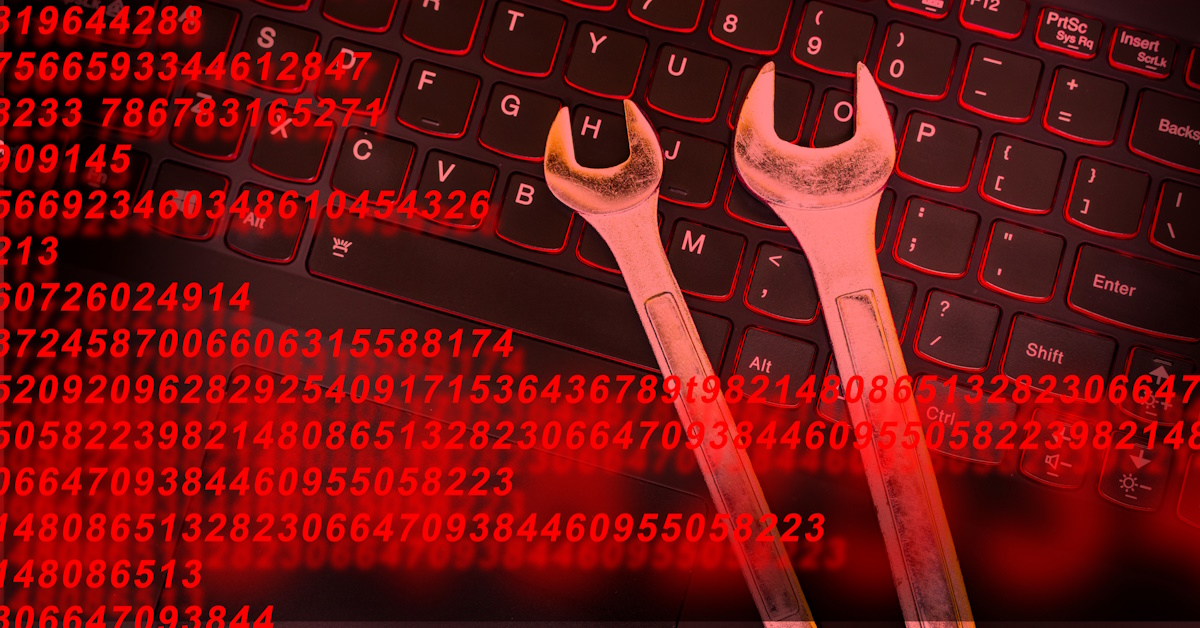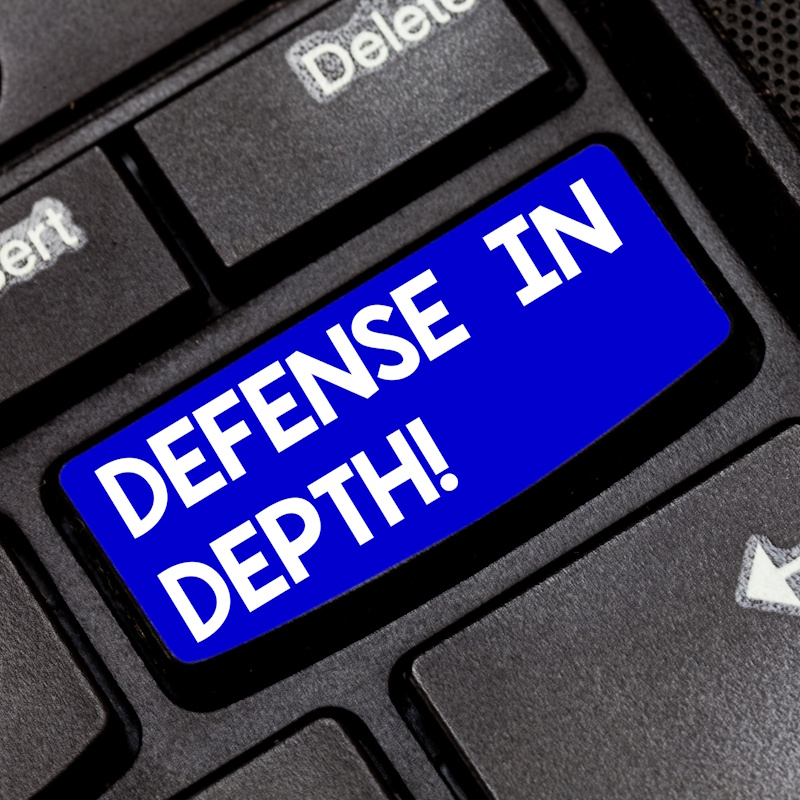Recent Posts
Categories
Stay Informed

Cybersecurity is becoming a requirement to protect businesses in today’s online world. It is not just for big business, but all businesses. Small to mid-sized businesses (SMBs) are particularly vulnerable to cyber threats due to limited resources and often less sophisticated security measures. Choosing the right cybersecurity tools can have a huge impact in protecting your business from potential threats. With so many tools out there, it can be daunting to find the right tools to meet your business’s needs.
Here’s a guide to help you make informed decisions.
Understand Your Needs
Before diving into the endless cybersecurity tools available, it’s crucial to understand your specific needs. Do a thorough assessment of your business’s digital assets, including customer data, financial records, and proprietary information. Perform a risk assessment to identify the most critical areas that need protection, and the potential risks associated with them. If you don’t have one, this may be a good time to create a security policy that can help guide what you need. Take into consideration the physical environment just as much as the digital environment and the risk associated with them.
Essential Cybersecurity Tools
Here are some must-have cybersecurity tools for SMBs. This is not a comprehensive list, but the basics.
- Antivirus and Anti-Malware Software: These tools protect against malicious software and viruses that can compromise your systems. They scan for and remove known threats, ensuring that your devices remain secure. Windows Devices have built in Defender and Microsoft 365 offers many advanced security add ons.
- Endpoint Detection and Response (EDR): EDR solutions detect and respond to threats on endpoints, such as workstations, laptops, and mobile devices. Antivirus programs are not enough, as they are looking for known threats, where as an EDR hunts for threats and malicious behaviors to protect you from the unknown threats.
- Firewall: A firewall monitors and controls incoming and outgoing network traffic based on predetermined security rules. It acts as a barrier between your internal network and external threats, preventing unauthorized access.
- Intrusion Detection System (IDS): An IDS monitors network traffic for suspicious activity and potential security breaches. This is often an add on service to your firewall. This offers additional inspection of the traffic to find suspicious activity.
- Multi-Factor Authentication (MFA): MFA adds an extra layer of security by requiring multiple forms of verification before granting access to sensitive information. Passwords are not enough and MFA is a must.
- Security and Awareness Training: It is important to train your people on the threats that are out there and how to respond. You want to teach people what to look for. Without the education, people can be easily tricked.
- Backup and Recover Solutions: Protecting your data is a must. So, if you have data it is best to back it up. Don’t just set it and forget it. Test it and make sure it is actually backing up and works!
Scalability and Integration
When choosing cybersecurity tools, consider their scalability and integration capabilities. Your business will grow, and so will your cybersecurity needs. Ensure that the tools you select can scale with your business and integrate seamlessly with your existing systems. Having too many different solutions that don’t work well together will just end up taking your time and more resources to manage.
User Education and Training
Investing in the best cybersecurity tools is only part of the solution. Educating your employees about cybersecurity best practices is equally important. Regular training sessions can help employees recognize potential threats, such as phishing emails, and understand the importance of maintaining strong passwords and using MFA. This also an opportunity to make sure your team understands the organization’s policies and security goals. Cybersecurity must include every person it the business, not just IT.
Regular Updates and Maintenance
Cyber threats are constantly evolving, and so should your cybersecurity measures. Regularly update your software and systems to patch vulnerabilities and stay ahead of potential threats. Consider partnering with a managed security service provider (MSSP) to ensure continuous monitoring and maintenance of your infrastructure. Not having your systems patched or maintained is just asking to be hacked.
Cost-Effectiveness
While it’s tempting to go for the most expensive cybersecurity tools, it’s essential to balance cost and effectiveness. Look for tools that offer robust protection without breaking the bank. Many vendors provide solutions tailored specifically for SMBs, offering a good balance of features and affordability. As an SMB, you don’t always need that expensive Enterprise Solution, when tools that cost much less and do the same thing, on a smaller scale are available.

Choosing the Right Tools!
Choosing the right cybersecurity tools for your SMB is a critical step in safeguarding your business from cyber threats. By understanding your needs, investing in essential tools, ensuring scalability, educating your employees, and maintaining regular updates, you can create a robust cybersecurity framework that protects your business and its valuable assets.
Remember, cybersecurity is a shared responsibility, and everyone in your organization has a role to play.



